Uncover the secrets of the Panthéon in Paris: its fascinating history, hidden stories, and everything you didn’t know you needed to know!
The Panthéon of Paris is one of Paris’s most iconic buildings. Located in the Latin Quarter, in the fifth Arrondissement, the Panthéon is more than a pretty dome.
The building was commissioned in 1764 by King Louis XV, who wanted to build a church dedicated to Sainte-Geneviève, the patron saint of Paris.
Under the French Revolution, the National Assembly decided to make it a secular temple. Renamed it Panthéon, in reference to the Greek gods, it honored the memory of the new heroes of France.
Here’s what nobody told you about the Panthéon in Paris —where history, mystery, and revolution meet beneath one of Paris’s most iconic landmarks.
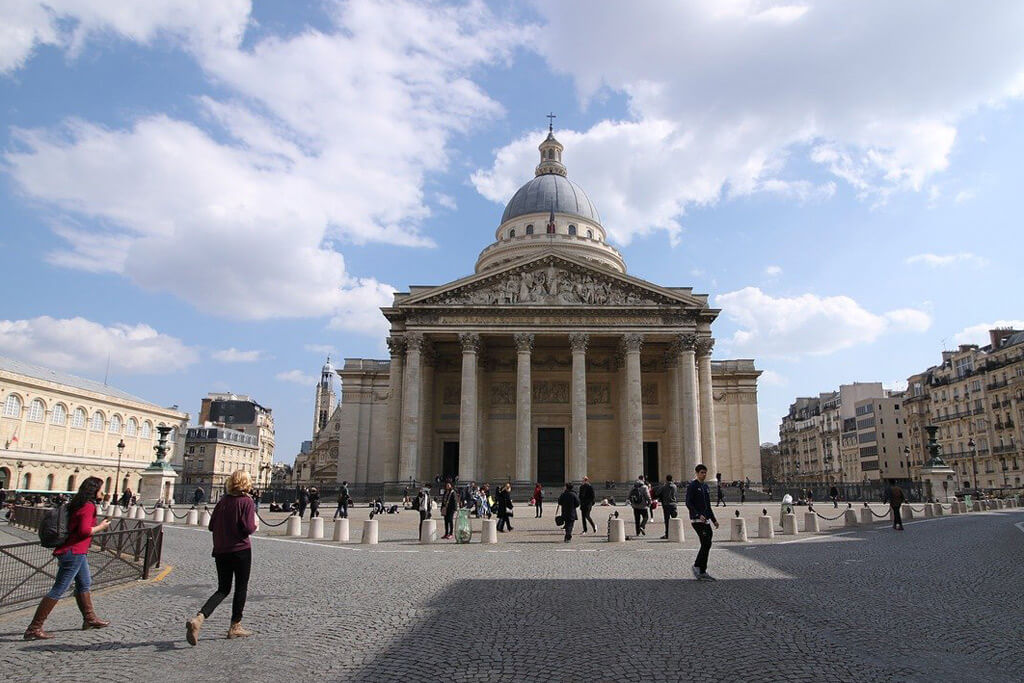
Table of Contents:
- Panthéon’s Opening Days and Hours
- A Peek Inside the Panthéon
- Interesting and Quirky Facts About the Panthéon in Paris
Is the Panthéon in Paris worth visiting? The Panthéon in Paris is definitely worth visiting! Step inside a living piece of history, where remarkable figures of France’s past rest, and every corner reveals stories of art, science, and ambition. With its stunning architecture and one of the best panoramic views of Paris (Eiffel Tower included), it’s a place where history, art, and beauty come together. If you’re looking for a mix of culture, history, and stunning sights, the Panthéon is a must-see.
The Panthéon in Paris is one of the top sights to visit in Paris. I recommend visiting the Paris Panthéon in the following Paris itineraries:

Panthéon’s Opening Days and Hours
The Paris Panthéon is open every day from 10 a.m. to 6:30 p.m.– Click here to buy your tickets to the Panthéon
The entrance ticket to the Panthéon is also included in the Paris Museum Pass. You can read about the Paris Museum Pass here.
The Panthéon in Paris is one of the free museums you can visit on the first Sunday of the month, but only from November 1st to March 31st.
A Peek Inside the Panthéon, Paris

The Panthéon was designed in Neoclassical style by the architect Germain Soufflot. Neoclassic style is inspired by and borrows many elements from the Classic architectural styles (Greek and Roman styles).
In the Panhéon, you can see friezes, a portico, Corinthian columns, and capitals typical of these Classic styles.
When the National Assembly decided to turn the church into a mausoleum for the Grands Hommes, the interior decoration was unfinished. The Assembly approved architectural changes to make the interior darker and more solemn. Some of the changes included bricking up the lower windows or frosting the glass of the upper windows to reduce the light.
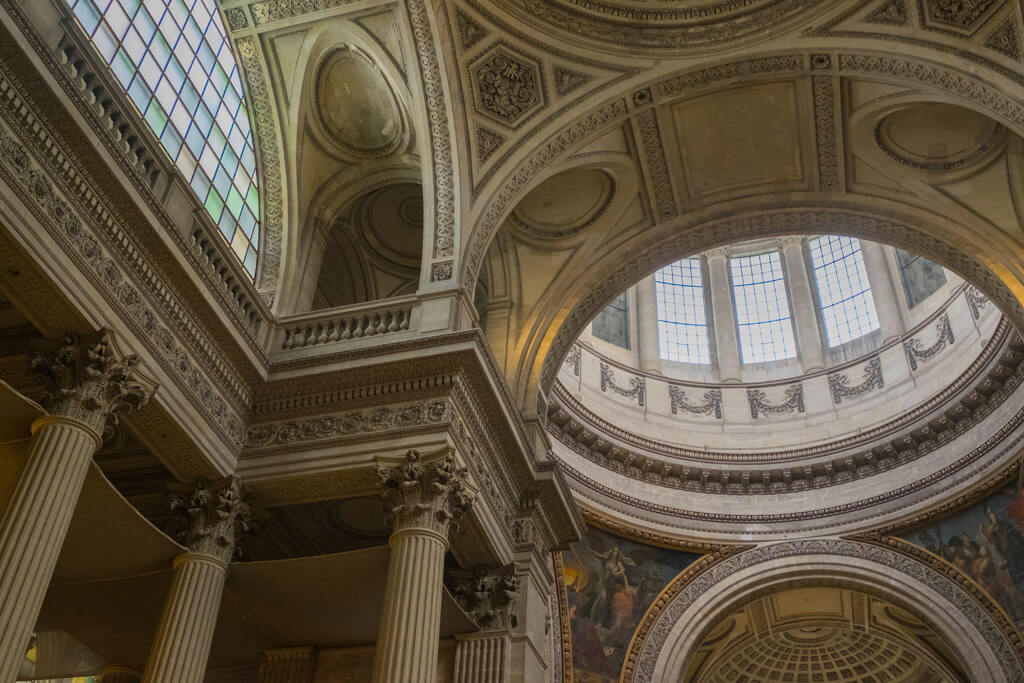
The Panthéon in Paris has three domes, fitting within each other. The first dome – the lowest – has a coffered ceiling with rosettes and is open in the center. Looking through this dome, the second dome is visible. This second dome is decorated with the fresco The Apotheosis of Saint Geneviève by Antoine Gros. The outermost dome is the one visible from the outside.
The fresco, The Apotheosis of Saint Geneviève, was made during the Restoration of the Monarchy. It pictures Sainte-Geneviève, the saint patron of Paris, surrounded by the Kings of France. You can see King Clovis – the first King to convert to Christianity –, King Charlemagne – who created the first universities –, and King Louis IX (Saint Louis) with the Crown of Thorns brought from the Holy Land to the Sainte-Chapelle. Finally, there’s King Louis XVIII and his niece, looking up into the clouds at the martyred King Louis XVI and Marie-Antoinette. The angels in the scene are carrying the Charte, the document by which King Louis XVIII re-established the church after the French Revolution.
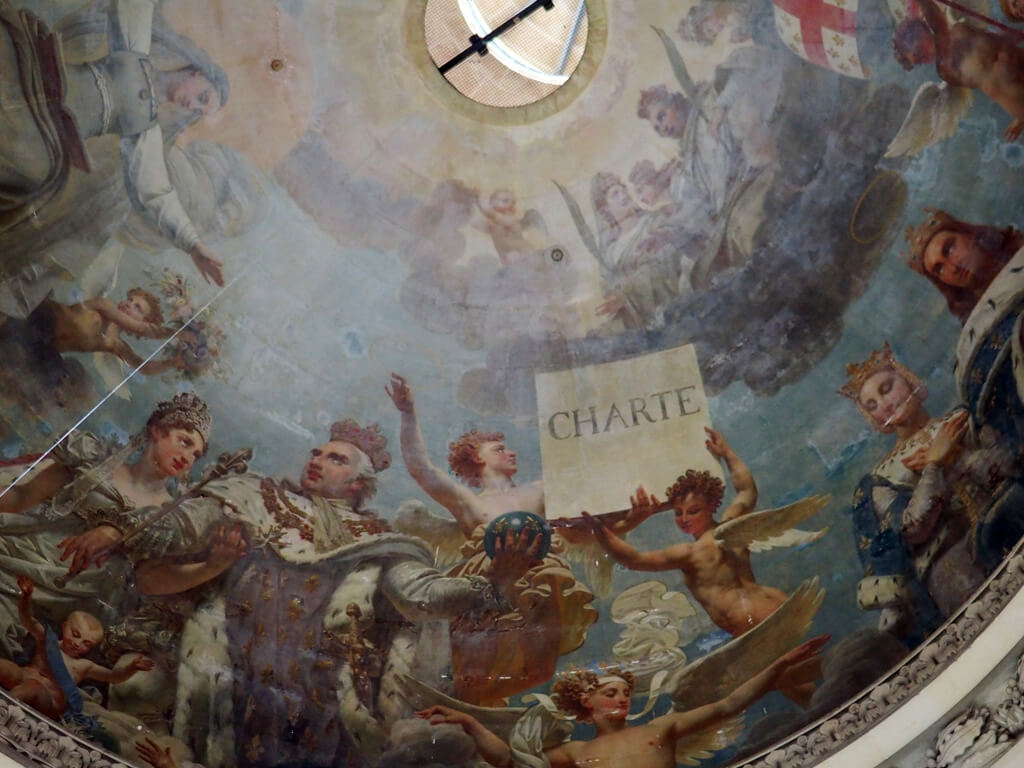
Interesting and Fun Facts About the Panthéon in Paris
1. The Panthéon in Paris Is a Kind of Cemetery
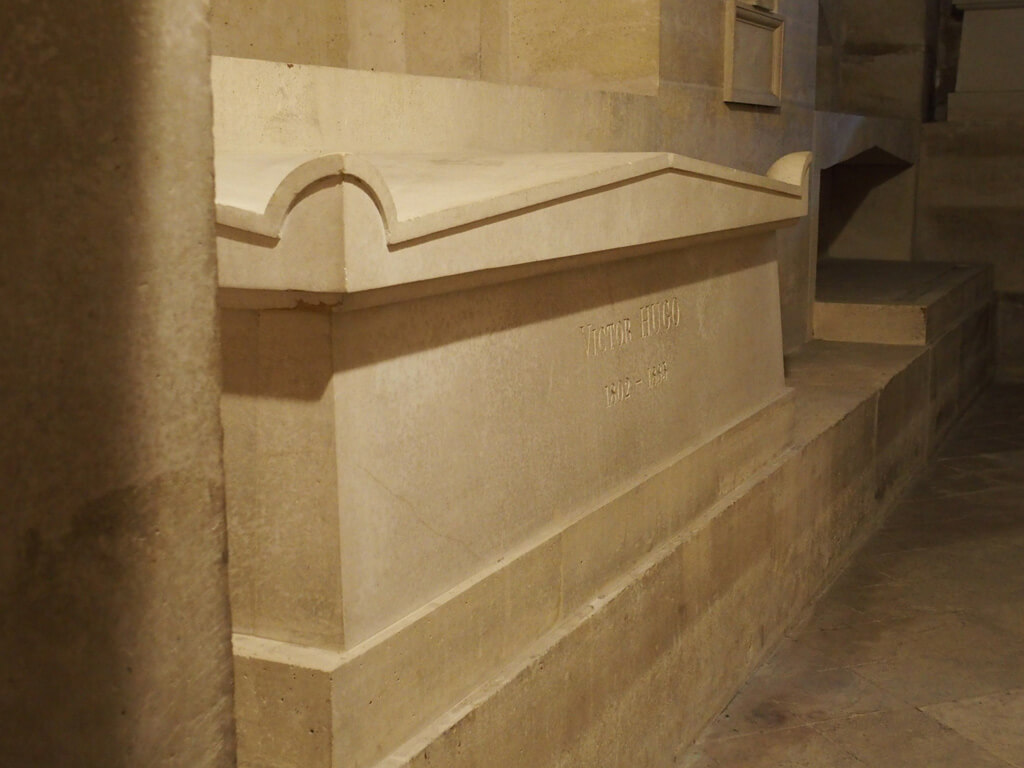
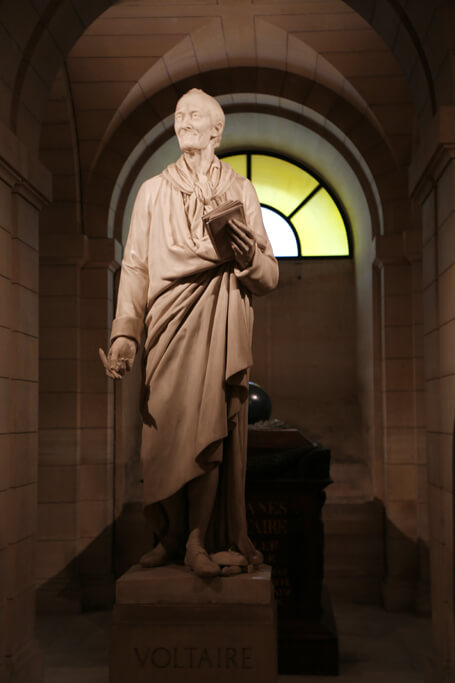
In 1791, the Revolutionary Assembly decided to turn the Church of Sainte-Geneviève into a cemetery for the Nation’s Grands Hommes.
This church was the ideal choice because it was not yet finished and had not been consecrated or assigned to a Parish.
The underground crypt was the location chosen for the tombs. The underground crypt has 26 vaults, and each vault can host a dozen coffins, so there’s a lot of space for many future Grands Hommes.
The Panthéon in Paris became the Republican equivalent of the Basilica of Saint-Denis, which is the necropolis of the Kings of France.
2. Despite the Legend, the Panthéon is not Connected to the Catacombs of Paris (but…)
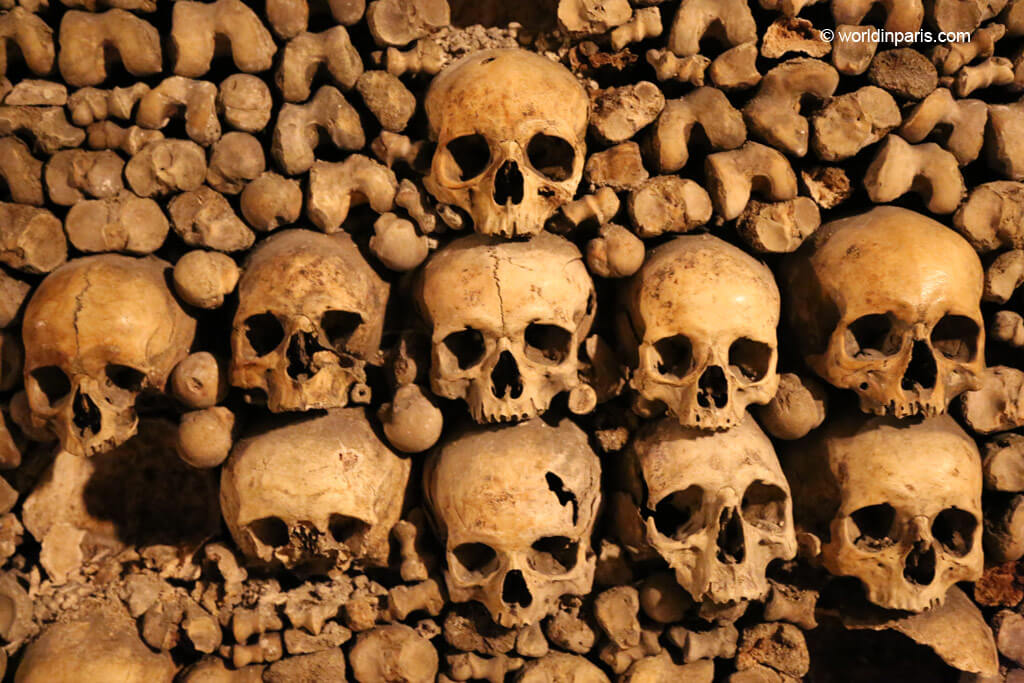
There are many curious legends around the Panthéon in Paris. One of the most popular myths is that it is possible to reach the Panthéon directly from the Paris Catacombs.
According to Panthéon’s former administrator, who knows the place well, this is not true. However, an underground passage seems to connect the Panthéon to the Lycée Henri IV nearby…
3. Panthéoniser is a Verb in France
The French dictionary Larousse defines Panthéoniser as “Honorer une personnalité en transférant ses restes au Panthéon,” which means to honor a personality by transferring their remains to the Pantheon.
For the rest of the piece, I will translate Panthéoniser as Pantheonize, but if you have a better translation, I will take it!
4. Deciding Who to Pantheonize Is NOT Easy

The first people to enter the Pathéon in Paris were voted by the National Assembly. Then, for the next 42 Grands Hommes, it was Napoléon I who decided alone.
During the Third and Fourth Republics, France’s deputies were in charge of voting for the Pantheonization of a notable figure. Since the Fifth Republic, the President of the French Republic decides who to Pantheonize.
Depending on the person’s background or political ideas, some people may disagree, or even protest, so it’s never an easy decision.
5. Not Everybody Wants To Be Pantheonized
For different reasons, some people (or their families) decide to renounce this honor. General de Gaulle had made it clear that he did not wish to be buried in the Panthéon, and the heirs of Albert Camus and Aimé Césaire did not want the writer and poet to be honored by President Nicolas Sarkozy in 2009.
On 27 May 2015, four resistance fighters – Pierre Brossolette, Geneviève de Gaulle-Anthonioz, Germaine Tillion, and Jean Zay – were Pantheonized, but two coffins were empty: the families of Geneviève de Gaulle-Anthonioz and Germaine Tillion did not want the remains to leave the place where they rest surrounded by their loved ones …
6. And There Were Some Casting Errors…
The Panthéon in Paris first welcomed the revolutionaries. Count of Mirabeau (a former member of the National Assembly of France) was the first to enter in 1791 and the first to leave when the wind changed. Marat, Lepeletier, and Dampierre also suffered the same fate.
To avoid new casting errors, new candidates must have been dead for at least five years.
7. The Panthéon Also Hosts Grandes Femmes
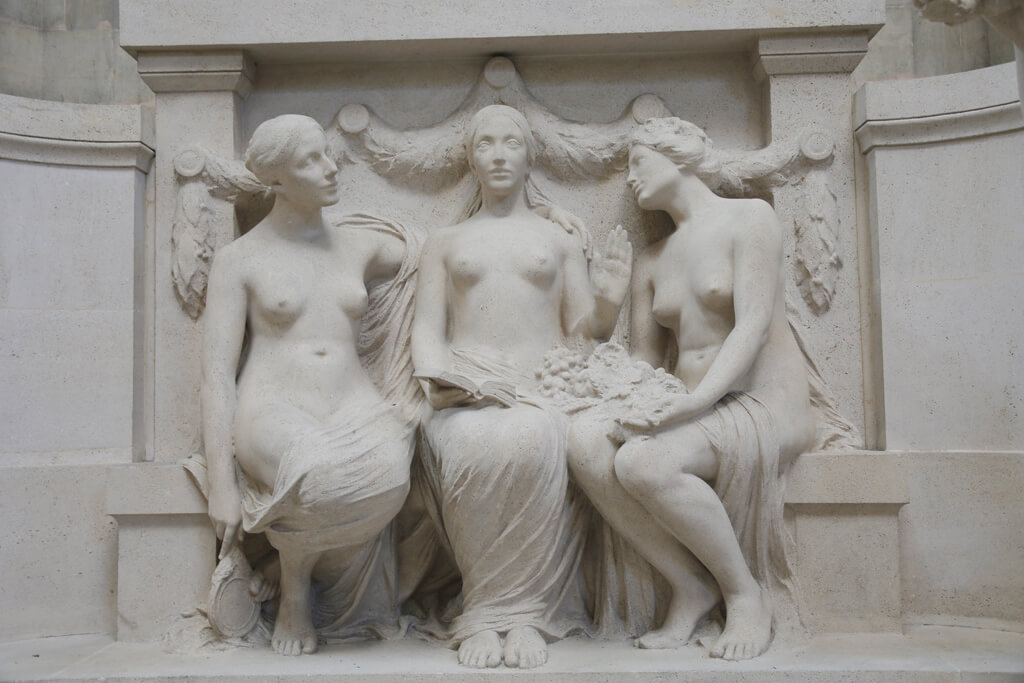
The Panthéon hosts 76 Grands Hommes and 7 Grandes Femmes. The first woman to enter the Panthéon was Sophie Berthelot, to be buried alongside her husband in 1907.
In 1995, the first woman entered the Panthéon in recognition of her work: Marie Curie, a double Nobel Prize winner. She was joined in 2015 by Germaine Tillion and Geneviève de Gaulle-Anthonioz (two resistance fighters), in 2018 by Simone Veil (politician), in 2021 by Joséphine Baker (actress, singer, and resistance fighter), and in 2024 by Mélinée Manouchian (resistance fighter).
8. When Visiting the Panthéon, Better Not To Look Closely…
Nicolas de Condorcet‘s coffin is empty, the ashes of Jean Moulin are uncertain, and Louis Braille – the inventor of a system of reading and writing for use by the blind or visually impaired – is buried without his hands. Other coffins only contain an urn or the heart, or…
Rousseau and Voltaire, who hated each other during their lifetime, lie face to face.
When Marie Curie (1867-1934) entered the Panthéon in 1995, her body was virtually intact, if not almost mummified, from the radiation she received during her experiments. Her coffin is wrapped in several layers of lead.
9. Despite Being a Secular Monument, the Panthéon Is Topped with a Christian Cross
This is a recurrent question and topic of discussion: why is a secular monument like the Panthéon in Paris topped with a Christian cross?
The Christian cross makes reference to its original purpose – the Panthéon was supposed to be a church – so the cross is somehow part of its history.
During the Paris Commune, in the 19th century, this cross was torn down and replaced by a red flag. Later, during the First Republic, the cross was put back.
10. From the Panthéon, You Have One of the Best Views of Paris
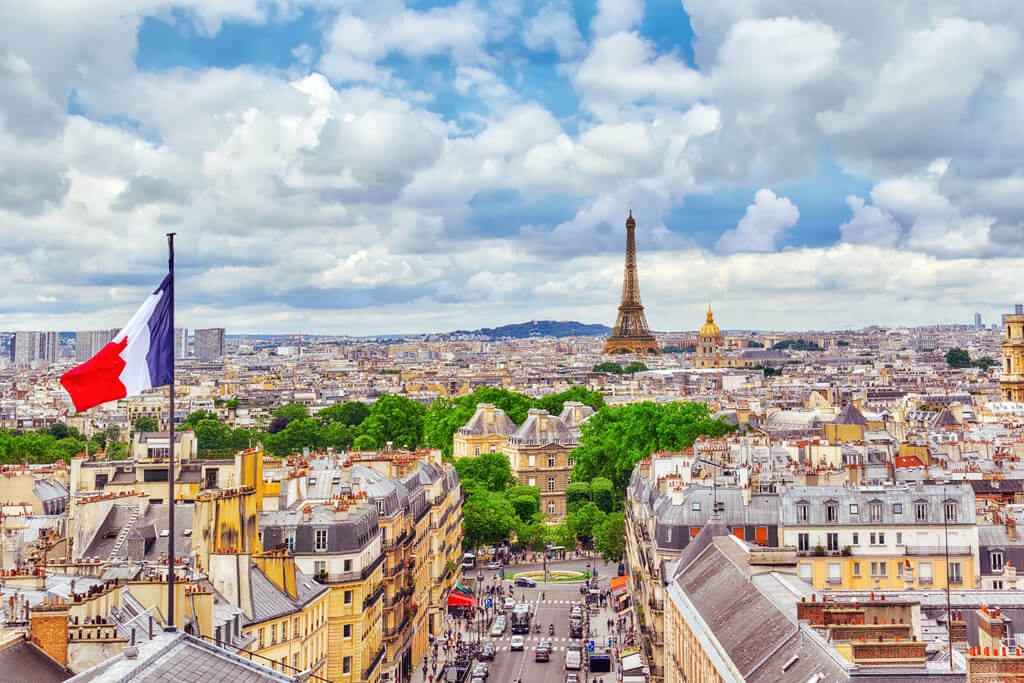
Indeed! From April to October, for a couple of extra euros, it is possible to climb up to the cupola for one of the best views of Paris – French flag and Eiffel Tower included! Nicknamed “The Balcony of Paris“, the view from the Panthéon’s cupola is just wonderful.

